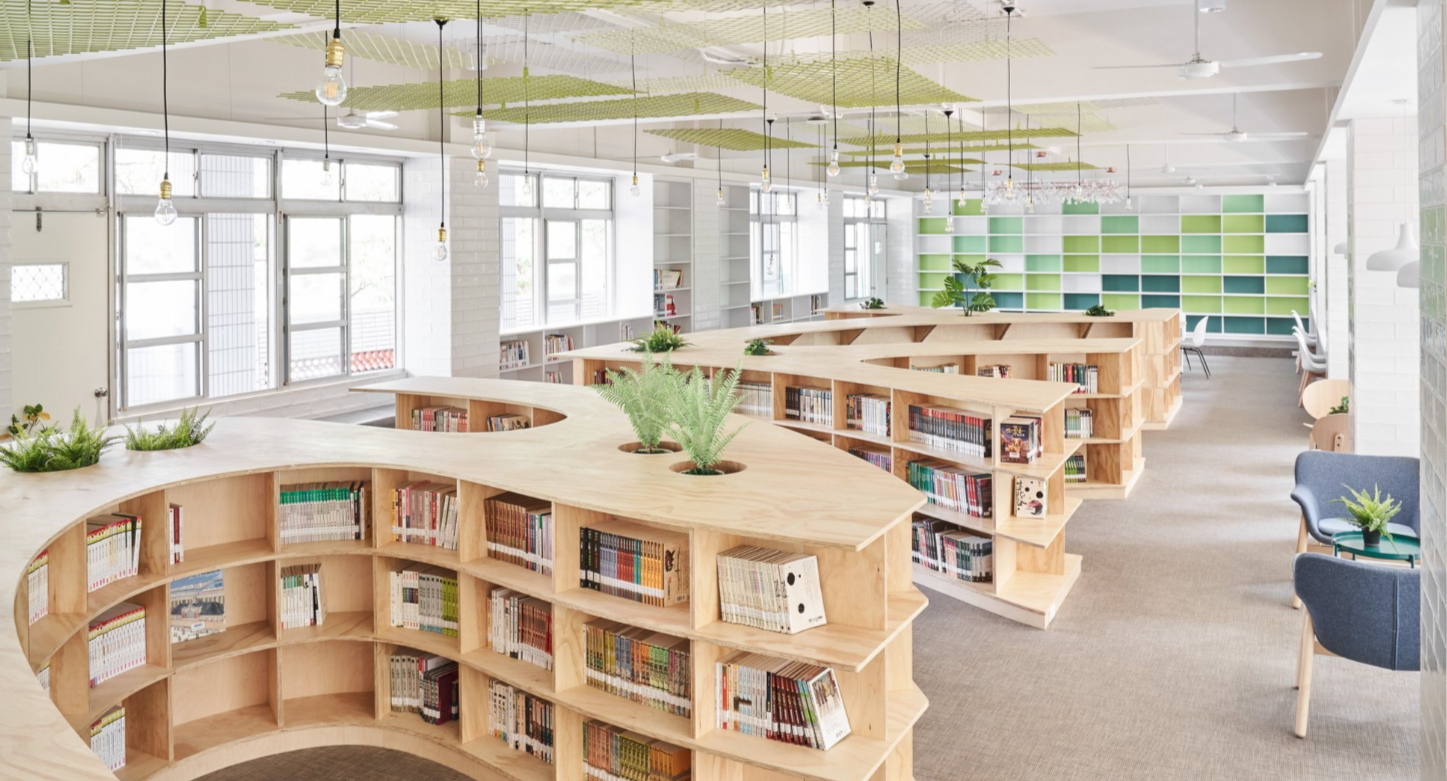In Bangalore, a city at the intersection of technology and academia, the role of libraries is rapidly evolving. No longer just quiet book repositories, libraries today are active learning environments designed to inspire focus, creativity, and collaboration. At the core of this transformation lies a powerful tool: library interior design planning.
Whether it’s a school library in Whitefield, a college resource center in Jayanagar, or a public library in Malleshwaram, the way space is designed directly influences how effectively people learn within it.
The Relationship Between Space and Learning
Studies in environmental psychology have long proven what students instinctively know: the learning environment significantly affects concentration, comprehension, and motivation. In Bangalore—where educational excellence is a way of life—interior planning must meet high expectations for comfort, adaptability, and tech-readiness.
Effective interior planning transforms libraries from passive spaces into active, learner-centric ecosystems.
Key Interior Planning Elements That Drive Better Learning
- Zoning for Diverse Learning Styles
Bangalore’s academic institutions cater to a diverse student body. Some learners need silence and solitude; others thrive in collaborative settings. A well-planned library includes:
- Silent zones for deep focus and reading
- Group study pods for discussion and teamwork
- Tech zones with computers, tablets, and digital resources
- Informal lounge areas for relaxed learning
By clearly defining these zones, interior planning makes the library more inclusive and functional.
- Furniture That Supports Long-Term Use
Outdated seating and inflexible desks can hinder learning. Thoughtful furniture planning includes:
- Ergonomic chairs to promote posture during long sessions
- Modular tables that can be reconfigured for group or solo use
- Built-in power access for digital device support
Libraries in Bangalore are increasingly adopting multifunctional furniture to accommodate a range of academic activities—from coding marathons to exam prep.
- Lighting That Enhances Focus
Natural light is ideal for concentration and mood, but Bangalore’s monsoon season and urban density can limit it. Smart lighting design involves:
- Daylight-maximizing layouts
- LED task lighting at study desks
- Adjustable ambient lights to suit different zones
When lighting is carefully planned, it reduces eye strain and increases productivity.
- Optimized Acoustics for Learning
Bangalore’s libraries often sit near busy roads or on vibrant campuses. Without proper planning, noise can disrupt learning. Interior designers can:
- Use acoustic ceiling panels and wall treatments
- Place carpeting and soft furnishings to dampen sound
- Install glass enclosures for group rooms to contain conversation
Smart acoustic design ensures that every learner can focus, no matter where they’re seated.
- Technology Integration in Space Design
Libraries today must accommodate laptops, digital archives, e-learning platforms, and more. Interior planning makes this possible through:
- Tech-enabled desks and charging ports
- Interactive digital boards or catalog kiosks
- Wi-Fi zones and device docking stations
With Bangalore leading India’s digital transformation, libraries here must be ready for blended and tech-driven learning.
Local Context: Bangalore’s Unique Library Challenges
- Urban space constraints mean interior design must make efficient use of compact areas.
- Climate considerations—like high summer temperatures and rainy seasons—demand proper ventilation and material choice.
- Diverse user profiles (students, researchers, professionals) require highly adaptive and universally accessible layouts.
Design Arc Interiors: Crafting Learning Spaces That Inspire
At Design Arc Interiors, we specialize in designing library interiors that align with Bangalore’s academic spirit and future-forward mindset. Our approach is rooted in:
- Deep understanding of learning behavior
- Custom spatial planning for various academic institutions
- Integration of sustainable, ergonomic, and tech-ready design
Whether it’s a modern university or a neighborhood learning center, we craft environments where design elevates education.
Conclusion: Space as a Silent Teacher
In Bangalore’s fast-paced, knowledge-driven landscape, libraries must be more than functional—they must be inspirational. Interior planning bridges the gap between traditional learning and the demands of today’s academic environments. When done right, it creates spaces that nurture curiosity, enhance retention, and build a lifelong love for learning.



